What to Do When You Forgot Your Password

What to Do When You Forgot Your Password: A Step-by-Step Guide
Passwords are the most frustrating element of technology but they safeguard our personal information, financial accounts, and online identities. It’s no surprise that forgetting passwords has become common. Studies have shown that the average person has around 70-80 passwords to remember, and as a result, forgetting them is almost inevitable. In this comprehensive guide, we’ll discuss what to do when you forget your password and handle this frustrating situation.
Initial Steps
- Stay Calm: The initial reaction to realizing you’ve forgotten your password might be panic, but staying calm is important. Panicking won’t help the situation and might even cloud your ability to think clearly.
- Check for Saved Passwords: Before going through the hassle of resetting your password, check if your browser or password manager has saved your login details. Many browsers offer the option to autofill passwords, which could save you time and effort.
Account Recovery Options
- Password Reset via Email: This is one of the most common methods for password recovery. When you click on the “Forgot Password” option on a login page, the service usually sends a password reset link to your registered email address. According to a survey by Digital Guardian, 63% of users prefer email-based password reset options.
- Security Questions: Some platforms utilize security questions for password recovery. These questions are often set up during the account creation process and can include inquiries about your favorite pet or city of birth. It’s essential to choose memorable yet secure answers to these questions.
- Two-Factor Authentication (2FA): Two-factor authentication adds an extra layer of security to your accounts. If you’ve enabled 2FA, you may have alternative methods to regain access, such as backup codes or authentication apps like Google Authenticator or Authy.
 A Real Life Scenario
A Real Life Scenario
Sarah, a busy freelancer, woke up one morning to find herself locked out of her primary email account. Panic washed over her as she realized she had forgotten her password, and attempts to recall it proved futile. She needed access to her inbox urgently for work-related correspondence and to reset passwords for other accounts linked to that email.
Without delay, Sarah navigated to the email service’s login page and clicked on the “Forgot Password” option. A sigh of relief escaped her lips as she received a prompt to enter her registered email address for password recovery. She complied, knowing that her account was secure despite her momentary lapse in memory.
Minutes later, Sarah checked her secondary email account and found a message containing a password reset link. Clicking on it, she was directed to a page to set a new password for her email account. Grateful for the straightforward process, she entered a robust new password, ensuring its strength with a combination of uppercase letters, numbers, and symbols.
However, Sarah’s relief turned to concern when she encountered a security question prompt she had set up years ago. After a moment of deliberation, she recalled her chosen question about her first pet and confidently entered the answer. With that hurdle cleared, she finally gained access to her inbox, greeted by a flood of unread messages awaiting her attention.
Reflecting on the incident, Sarah decided to bolster the security of her email account further by enabling two-factor authentication (2FA). She configured the authentication app on her smartphone, recognizing the importance of an additional layer of protection for her sensitive information.
Thanks to the combination of email-based password recovery, security questions, and her proactive decision to implement 2FA, Sarah successfully regained access to her account. With her inbox restored and security reinforced, she could resume her work with peace of mind, knowing that her digital assets were safeguarded against potential threats.
Contacting Support
- Exploring Help Options: If the above steps fail or if you’re unable to access the email you used to register, look for a support option on the login page or the service’s website. Many services offer customer support through email, live chat, or phone.
- Providing Necessary Information: When contacting support, be prepared to provide any requested information to verify your identity. This may include account details, personal information, or proof of identity.
Preventive Measures
- Using Password Managers: Password managers are invaluable tools for securely storing and managing your passwords. They encrypt your passwords and require only one master password for access. According to a report by LastPass, users save an average of 27 minutes per month by using a password manager.
- Setting up Recovery Options: Wherever possible, set up account recovery options such as secondary email addresses or phone numbers. This can streamline the password recovery process and ensure you regain access to your accounts quickly.
The Importance of Complex Passwords
The security of our digital assets relies heavily on the strength of our passwords. They serve as the first line of defense against unauthorized access.
Mobile devices, with their storage of personal and financial data, require robust passwords to fend off potential breaches. Similarly, personal computers, often containing valuable documents and passwords, demand strong authentication measures to prevent identity theft and privacy breaches.
Email accounts, acting as gateways to numerous online services, are frequent targets for hackers, necessitating the use of complex passwords and additional security measures like two-factor authentication (2FA) to safeguard against phishing attacks and unauthorized access.
In a business context, stringent password policies are essential to protect sensitive data and proprietary information from cyber threats, ensuring the overall security of the organization’s systems and networks.
Conclusion
Forgetting your password is a frustrating experience, but unfortunately, it’s very common. By following the steps outlined in this guide, you can efficiently recover access to your accounts and take preventive measures to avoid such situations in the future. Remember, staying organized with your passwords and implementing security measures is key to maintaining a secure online presence.
At Protected Harbor, we prioritize robust password management practices and offer comprehensive training to our clients on bolstering their cybersecurity posture. By emphasizing the importance of strong passwords and implementing proactive measures like password managers and regular security updates, we empower our clients to protect their digital assets effectively. As trusted MSP partners in cybersecurity, we remain committed to providing solutions and guidance to ensure the continued security and resilience of our clients’ IT infrastructure
Ready to enhance your cybersecurity strategy and protect your digital assets? Contact Protected Harbor today to learn more about our customized IT security services and how we can help fortify your defenses against evolving cyber threats.




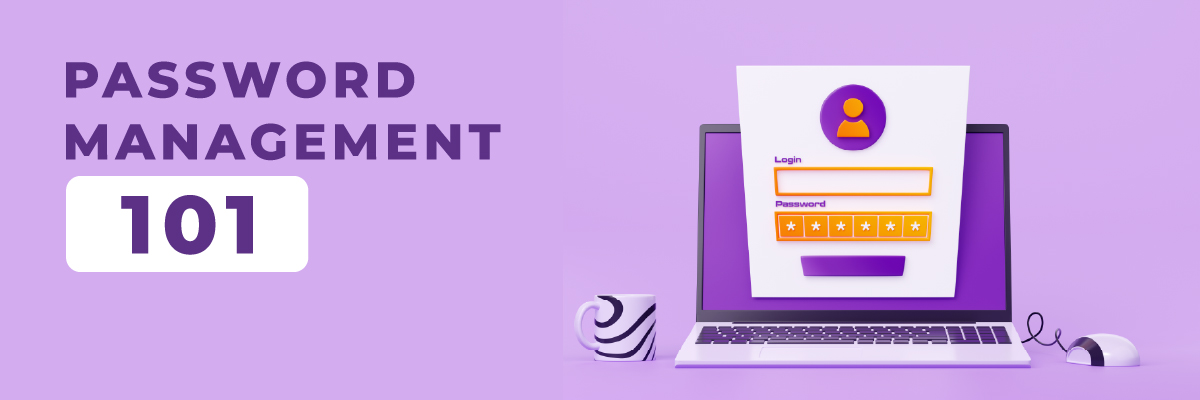
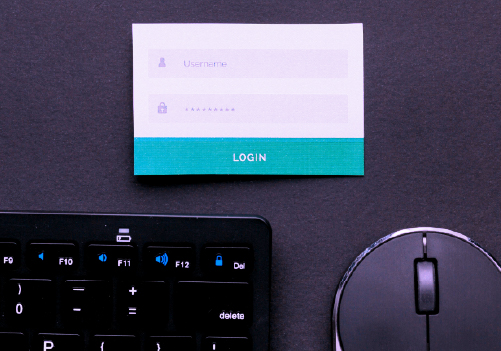

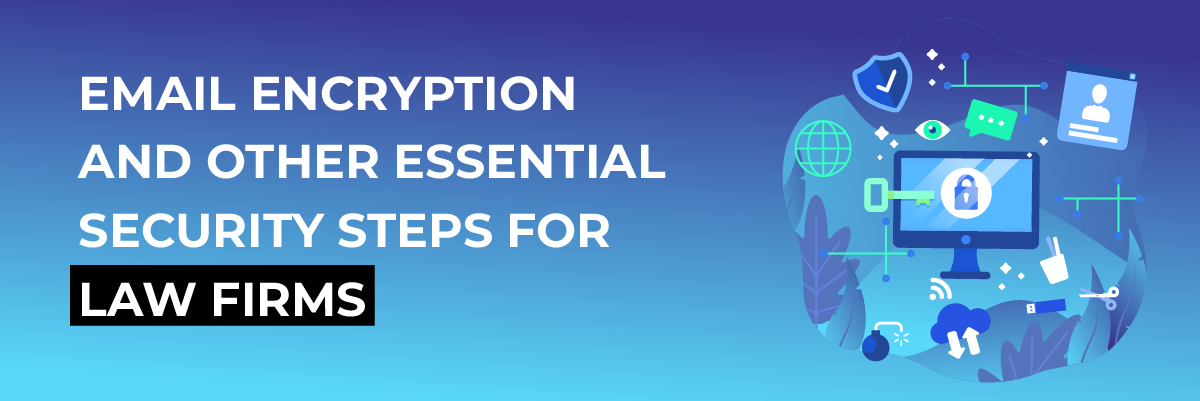
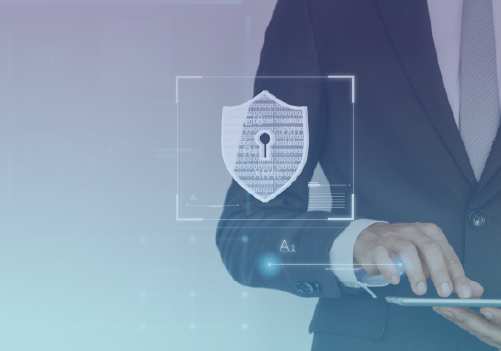 Additional Security Measures for Law Firms
Additional Security Measures for Law Firms

 Myth #3: Two-Factor Authentication is Infallible – No Need for Additional Security Measures
Myth #3: Two-Factor Authentication is Infallible – No Need for Additional Security Measures

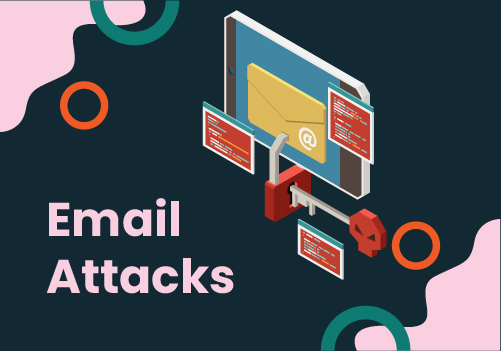 Top Phishing Email Attacks to Watch For
Top Phishing Email Attacks to Watch For
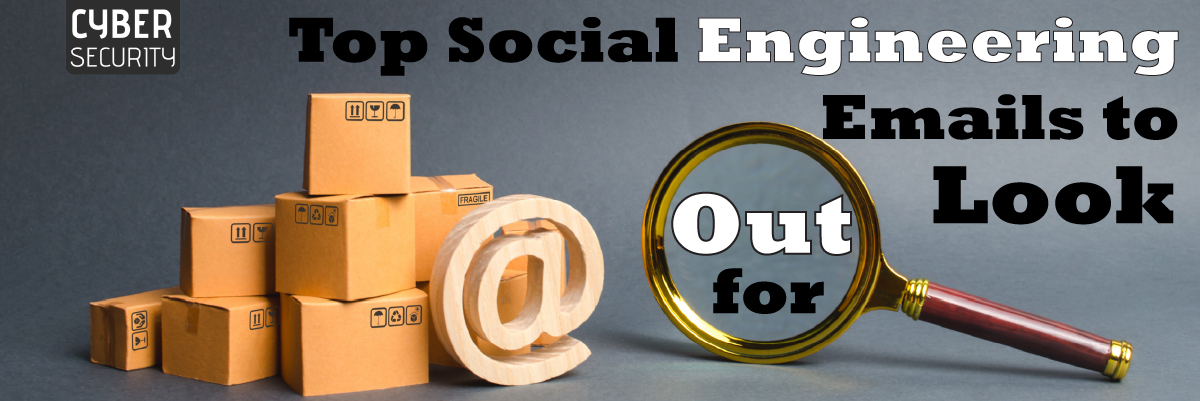
 Email Phishing Scams
Email Phishing Scams

 2. The Official Looking Email Scam
2. The Official Looking Email Scam